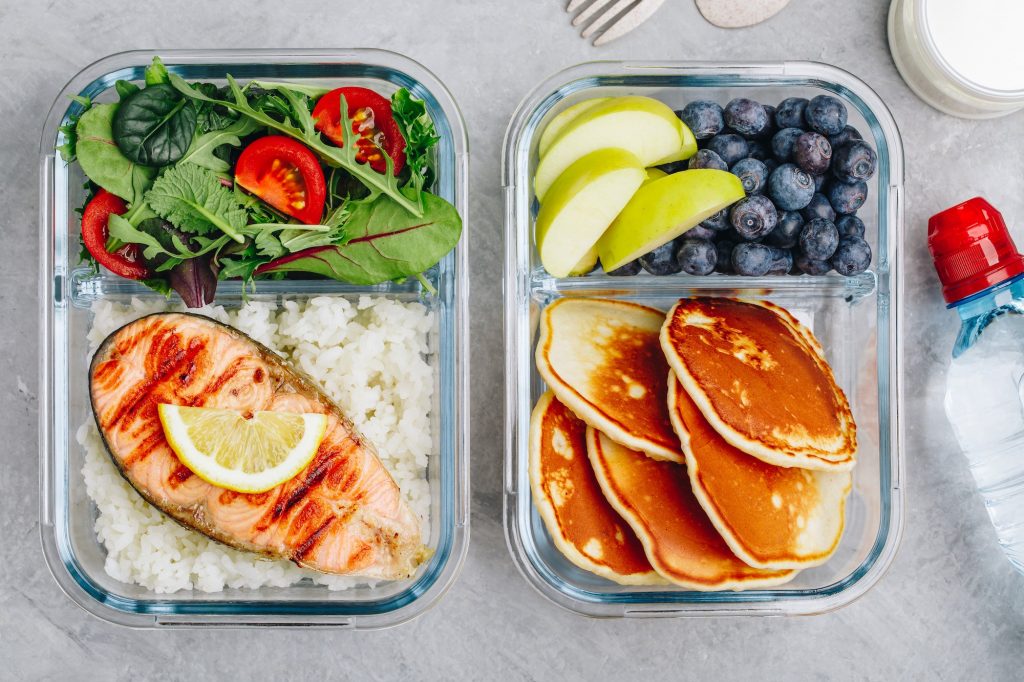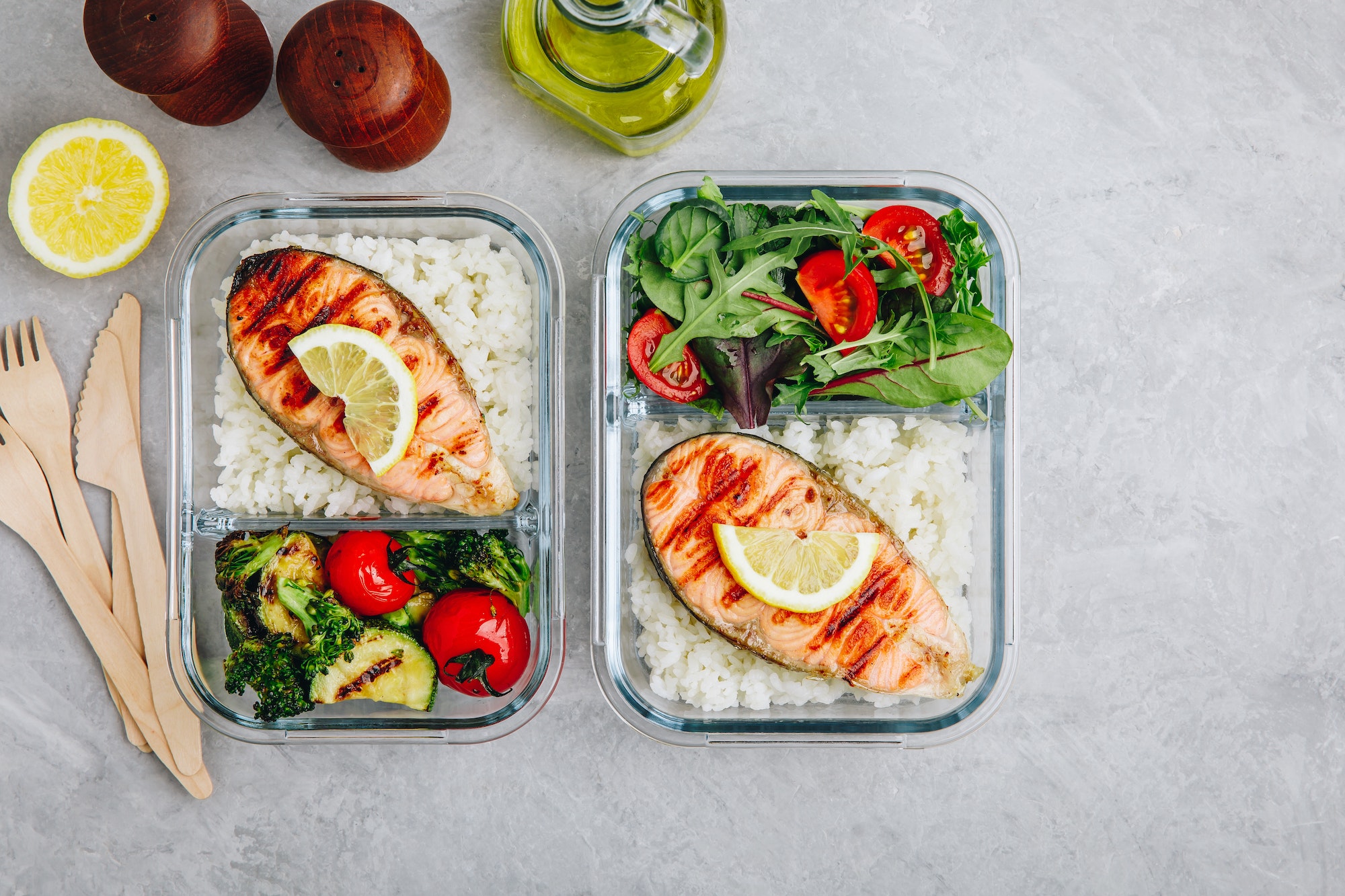Meal prep has gained immense popularity in recent years due to its numerous benefits. Not only does it save you time and money, but it also helps you maintain a nutritious diet throughout the week.
In this comprehensive guide to meal prepping, we will explore the advantages of this practice, provide step-by-step instructions on planning and prepping meals, offer storage tips for maintaining freshness, and share delicious recipe ideas. By the end, you’ll have all the tools you need to embrace meal prepping and enjoy the convenience of having healthy meals ready to go whenever you need them.
Meal Prep Benefits
Meal prepping offers a host of advantages that make it a worthwhile practice for busy individuals. You will save time by consolidating your cooking efforts into one or two sessions per week. By carefully controlling portion sizes and selecting wholesome ingredients, you can ensure a healthier approach to your meals.
Furthermore, meal prepping has the advantage of saving you money. It reduces food waste and enables you to take advantage of bulk purchases, leading to cost savings in the long run.
Lastly, meal prepping supports your fitness goals by allowing you to track your macros and plan meals tailored to your specific dietary needs. All in all, meal prepping offers time efficiency, dietary control, financial benefits, and support for your fitness endeavors.By taking advantage of these benefits, you can enjoy a stress-free week knowing that your meals are prepared in advance.

How to Plan and Prep Meals for the Week
Planning and prepping meals for the week may seem overwhelming at first, but with a structured approach, it becomes a manageable and efficient process. Start by creating a meal plan for the week ahead, taking into account your dietary goals and preferences. Consider including a variety of protein sources, whole grains, fruits, vegetables, and healthy fats to ensure a well-rounded diet.
Once you have your meal plan in place, make a comprehensive shopping list based on the ingredients needed. Be sure to check your pantry and refrigerator to avoid purchasing items you already have. On your designated prep day, set aside a few hours to cook and portion out your meals.
To maximize efficiency, focus on batch cooking. Prepare large quantities of staple items such as grilled chicken, roasted vegetables, or quinoa that can serve as the foundation for multiple meals. Invest in quality meal prep containers to store individual portions. These containers should be microwave-safe and have secure lids to prevent leaks.

Storage Tips for Maintaining Freshness
Proper storage is key to maintaining the freshness and quality of your meal prepped dishes. Here are some essential tips to follow:
- Allow meals to cool before refrigerating or freezing them. This prevents condensation and potential bacterial growth.
- Invest in airtight containers or meal prep containers with divided compartments to keep different components separate.
- Label your containers with the name of the dish and the date of preparation. This will help you keep track of freshness and avoid confusion.
- Store perishable meals in the refrigerator for up to four days. For longer storage, consider freezing them. Make sure to use freezer-safe containers and consume within three months for optimal taste.
- Keep salads and dressings separate until ready to eat. Store dressings in small, leak-proof containers and add them to the salad just before serving to maintain freshness.
Meal Prep Recipe Ideas for Nutritious, Time-Saving Meals
Here are some meal prep-friendly recipe ideas to inspire you:
- Quinoa and Roasted Vegetable Buddha Bowl:
Cook a batch of quinoa, roast a variety of vegetables, and divide them into containers. Add a source of protein such as grilled chicken or chickpeas. Drizzle with your favorite sauce or dressing. - Chicken Stir-Fry:
Marinate chicken breast strips in soy sauce and garlic. Stir-fry with a medley of colorful vegetables. Divide into portions and serve with brown rice or cauliflower rice. - Mason Jar Salads:
Layer your favorite salad ingredients in a mason jar. Starting with dressing at the bottom and finishing with leafy greens on top. When ready to eat, shake the jar to mix the dressing with the rest of the ingredients. - Overnight Oats:
Combine oats, milk (dairy or plant-based), chia seeds, and your choice of sweeteners and toppings in a jar. Refrigerate overnight and grab-and-go in the morning.
Tips for Successful Meal Prepping:
- Start with simple recipes:
As a beginner, it’s best to start with straightforward recipes that require minimal ingredients and preparation. As you become more comfortable with meal prepping, you can gradually explore more complex recipes. - Utilize versatile ingredients:
Opt for ingredients that can be used in multiple dishes throughout the week. For example, roasted chicken can be used in salads, wraps, or stir-fries, providing flexibility and variety. - Incorporate variety:
While efficiency is important, it’s also crucial to incorporate variety into your meal prep. Alternate proteins, grains, and vegetables to keep your meals interesting and avoid taste bud fatigue. - Use proper portion control:
One of the key advantages of meal prepping is portion control. Invest in a kitchen scale or measuring cups to ensure accurate serving sizes. This helps with weight management and ensures you’re meeting your nutritional goals. - Consider freezer-friendly meals:
Certain meals freeze well, allowing you to extend their shelf life. Soups, stews, and casseroles are great options for freezing. Portion them out into individual servings and thaw as needed. - Get creative with seasoning:
Don’t be afraid to experiment with different herbs, spices, and marinades to add flavor to your meals. Preventing repetitiveness and enhances your overall dining experience. - Plan for snacks and treats:
Meal prepping isn’t limited to main meals. Prepare healthy snacks such as cut-up fruits, veggies with dip, or homemade energy balls. It’s convenient to have on hand throughout the week. Additionally, consider prepping a batch of healthier treats like granola bars or protein balls for guilt-free indulgence.
By following these tips, you’ll become a meal prepping pro in no time! You’ll be effortlessly enjoying the benefits of time-saving, nutritious meals.
Conclusion
Meal prepping is a valuable skill that can revolutionize the way you approach your diet, ultimately saving you precious time during the week. By understanding the benefits of meal prepping, planning and prepping meals effectively, mastering storage techniques, and experimenting with flavorful recipes, you can easily incorporate this practice into your routine. Start small, be consistent, and watch as meal prepping empowers you to maintain a healthy, balanced lifestyle effortlessly. Say goodbye to mealtime stress and hello to nutritious, time-saving meals!


